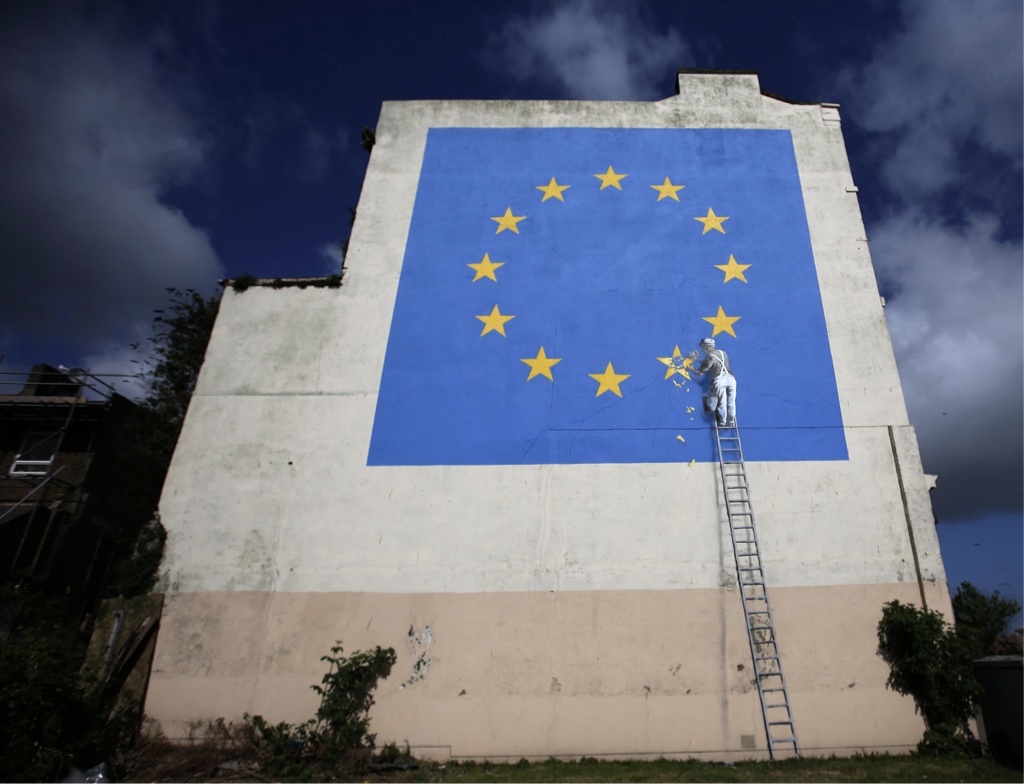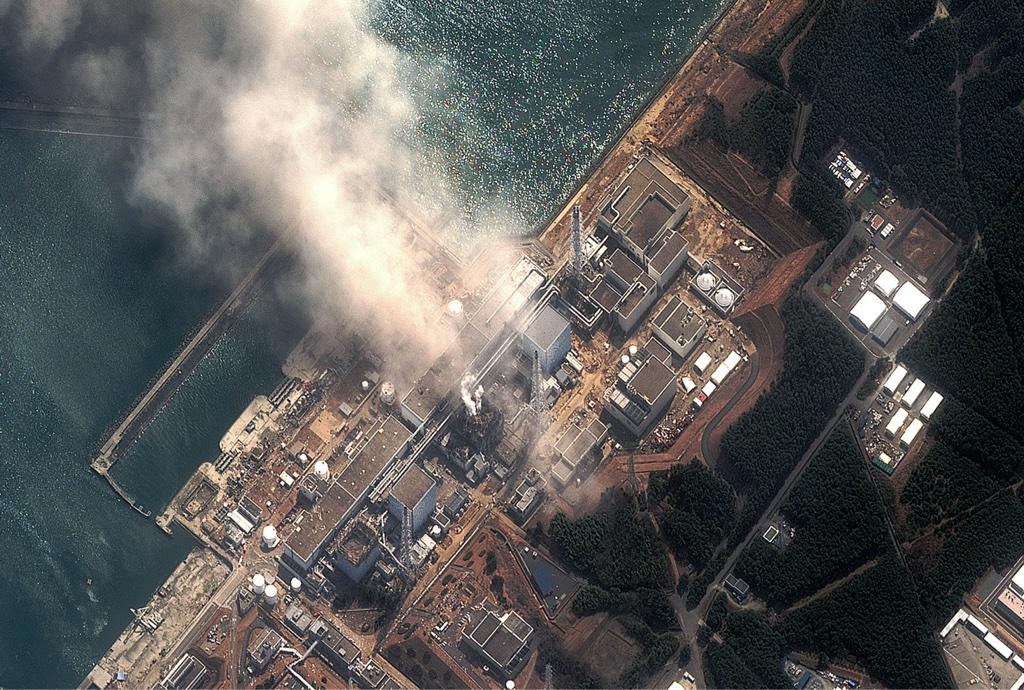The global financial crisis has taken a decade-long toll. The aftermath was unequal. Many people lost their jobs; many more have found themselves working longer hours for the same money or less. At the same time, the decision by policymakers to reduce interest rates to nearly zero and bail out the banks meant that those people who have assets – property, shares, wealth – have done well. The richest have done staggeringly well. Whether you are Thomas Piketty, a French economist, or Ray Dalio, an American hedge fund billionaire, the post-financial crisis has focused your mind on inequality of wealth and incomes. In the U.S. the top 1 percent captured 95 percent of income growth from 2009 to 2012, according to MIT Technology Review.
It’s not just been inequality that has sapped faith in institutions. The aftermath of the financial crisis was not the 1930s-style depression some feared. Employment has been stubbornly, historically high. But it’s been an anemic, feel-bad recovery. Wages have not grown much. In the U.K., for example, the median pre-tax earnings of an employee fell by 3 percent in real terms between 2010 and 2018. At the same time, the quality and security of work has changed. In the U.S., there’s been a surge in gig economy workers: 57 million employees now have gig economy jobs, making up 36 percent of U.S. workers, according to Forbes. In Europe, and to a lesser extent the U.S., we’ve seen low wage growth, less job security, a slip in living standards and, as a result, people’s expectations have faded too. Arguably, the biggest casualty of the 2008 financial crisis has been the belief that if you work hard you’ll have a better life than your parents. This is not emotional, it’s experiential: in 2018, median real earnings for employees in the U.K. were 13 percent below expectations based on rates of growth seen in the years before the crisis. For millions of people, a century-old dream died in the 2010s.
There are many ways to cut the inequality problem. Perhaps the most telling one for trust is generational. The last real generation gap transformed politics, society, and culture between the first Beatles album (1963) and the fading of punk (1979); in the 2010s, a new, equally consequential divide between the baby boomers and the millennials yawned wider open. It’s economic: as the U.S. Federal Reserve reported in 2016, the average real net worth of millennial households in the U.S. was $92,000, around 20 percent less than baby boomer households in 1989 and nearly 40 percent less than Generation X households in 2001. It’s demographic: the OECD found in 2019 that, on average, there are four people of working age for every one of pension age in OECD countries. This ratio will fall to three-to-one by the late 2030s and two-to-one by 2050. And it reaches into when we start a family and where we call home: in the past decade the share of American 18-34 year-olds living with their parents has surpassed the share who are head of a household.
History made a comeback. In 1992, Francis Fukuyama, the U.S. political scientist, published The End of History, arguing that Western liberal democracy had won the argument with statists and autocrats. Well, in the first 20 years of the 21st century, the argument was reopened between East and West, China and the U.S., state planners and market forces. This was by no means an academic debate. With the loss of 5 million manufacturing jobs in the U.S. since 2000, the leftie anti-globalization protesters in Seattle in 1999 had been replaced by pro-business nationalists on the right in the 2010s. In 2018, Kishore Mahbubani, the Singaporean diplomat and academic, published Has the West Lost It? It not only asked a question, it marked a shift in the balance of power and captured a mood of growing self-confidence in the East and gathering self-doubt in the West. The past two decades have seen geopolitical and household budget expectations reset by Easternization. In the past few years, the countries with the highest levels of public trust in government, business, and the media are frequently to be found in Asia.
As the economy sputtered and the power axis tipped, governments have struggled to do what’s expected of them. Take national security. The optimism of the new millennium quickly gave way to a new age of insecurity on September 11, 2001. In the years since, wars in Afghanistan, Iraq, Syria, and Pakistan have cost American taxpayers $5.9 trillion. And, in that time, more than 480,000 people have died from the wars and more than 244,000 civilians have been killed as a result of fighting. Additionally, another 10 million people have been displaced by the violence.

